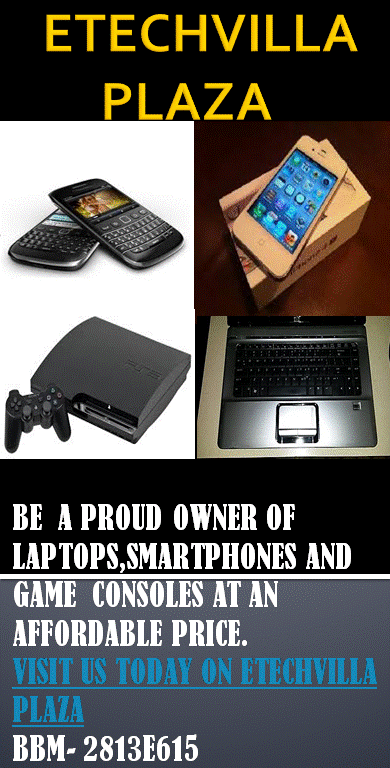The emergence of Galaxy S4 into the mobile market last year, brought
in great sales for Samsung mobile and made it stood as a great rival
to Apple's Iphone 5.
CNET confirmed yesterday the 25th of february, that Samsung
Electronics is ready to unveil it's next smartphone, the Galaxy S4, on
the 14th of March. Samsung has sent out invitations to a "SAMSUNG
UNPACKED" event to hold in New York by march. Although the information
contained few details but it is confirmed by CNET that the Galaxy S4
will surely make it's debut in the event.
From various rumours gathered the Galaxy S4 is said to feature an 8
core Exynos processor, a seperate 8 core graphics processing unit, 2GB
RAM size, 13 Mega-pixel rear camera with 1080P video capability, 2
Mega-pixel front-facing camera, a 4.99 inch Super Amoled display and
4.2.2 Jelly Bean which is said to be the latest version of Android.
The Samsung's new security software{KNOX} is to be embedded into
the gadget according to Samsung.
This indeed would be a strong rival and would cause more rampage to
the Apple Sales market if immediate reaction is not taken by Apple.
CNET@ www.cnet.com
in great sales for Samsung mobile and made it stood as a great rival
to Apple's Iphone 5.
CNET confirmed yesterday the 25th of february, that Samsung
Electronics is ready to unveil it's next smartphone, the Galaxy S4, on
the 14th of March. Samsung has sent out invitations to a "SAMSUNG
UNPACKED" event to hold in New York by march. Although the information
contained few details but it is confirmed by CNET that the Galaxy S4
will surely make it's debut in the event.
From various rumours gathered the Galaxy S4 is said to feature an 8
core Exynos processor, a seperate 8 core graphics processing unit, 2GB
RAM size, 13 Mega-pixel rear camera with 1080P video capability, 2
Mega-pixel front-facing camera, a 4.99 inch Super Amoled display and
4.2.2 Jelly Bean which is said to be the latest version of Android.
The Samsung's new security software{KNOX} is to be embedded into
the gadget according to Samsung.
This indeed would be a strong rival and would cause more rampage to
the Apple Sales market if immediate reaction is not taken by Apple.
CNET@ www.cnet.com














